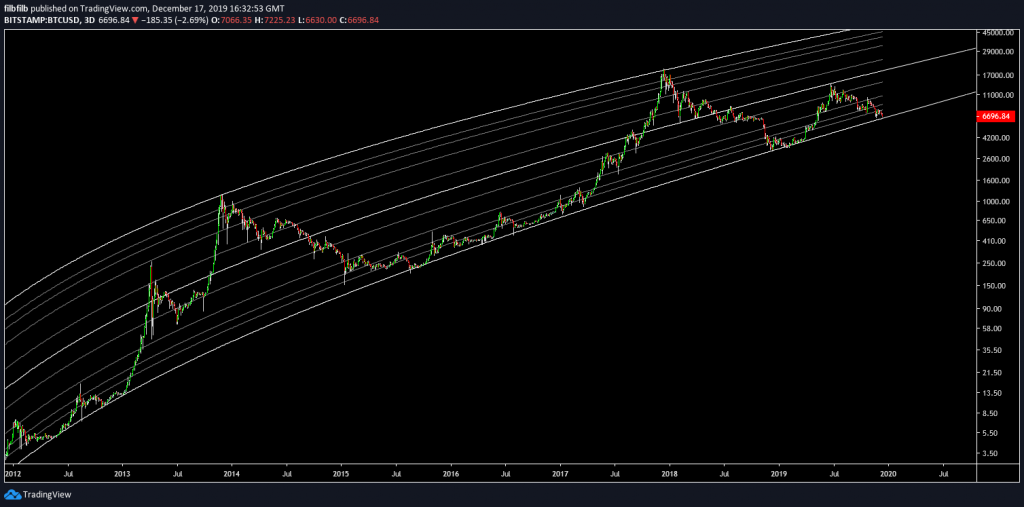When Amber Baldet and Patrick Nielsen left JPMorgan to build Clovyr, the press swarmed to report the news. Indeed, neither the startup nor its distinct founding duo have be...
When Amber Baldet and Patrick Nielsen left JPMorgan to build Clovyr, the press swarmed to report the news. Indeed, neither the startup nor its distinct founding duo have been short of media coverage.
Nonetheless, since announcing it, Clovyr has kept a low profile. Details on its make-up remain vague. Some sources say this is to protect the idea itself, fearing being beaten to launch, needing to balance the fine line between publicity and competition.
So to understand what Clovyr really is – or will be at launch - The Block sat down with Amber Baldet; beginning with discussing what Clovyr is not.
“I don’t like when we’re called a dApp store,” Baldet notes. She also counters earlier reports that Clovyr was “something that makes chains interoperable,” meaning it could connect different blockchains.
Instead, Baldet clarifies, it’s about helping people (and startups) find and access those already building products for interoperability, crypto-payments, and the like.
Notably, she doesn’t recoil at being called “the Google of blockchain” – essentially, a decentralised search tool for the multitude of protocols and widgets with which to build specialised dApps.
“It’s a window for discoverability,” she says. “There’s almost no discovery to figure out what’s out there,” noting that a key issue for adoption is the isolated, costly nature of blockchain development.
Staunch privacy advocate Baldet explains enterprises need a basic toolset with which to build dApps, rather than each starting from scratch or being tempted by “soft centralisation.”
“If every enterprise builds their plugs separately, that’s a huge waste of resources. Half of them are going to write it with some sort of bugs...Once you have that sunken cost, you’re committed to that path.”
Moreover, she says, it’s currently “very difficult to try out” different protocols. As a result, there’s “a huge disconnect between the primitive state of enterprise blockchain versus what they thought they could build."
She adds: "Everyone is struggling with the existing [underdeveloped] blockchain networks," having spoken to countless firms first-hand while at JPMorgan.
Clovyr’s solution is to offer enterprises unlimited subscription-based access to the developer market, allowing for quick, affordable experimentation. Baldet says Clovyr’s subscription model and its offline format makes it comparable to gaming-library Steam.
“[Clovyr] is less novelty and more utilisation of what’s on the market. This really lowers the barrier of entry.”
Another key mission is helping small teams monetize by loaning their existing codes and creations to enterprises while offering some features open-source to the public.
“We eventually want to be a landing page for Web3 [or the Webernet].”
Clovyr is also hoping to make clear where blockchain is not needed. Baldet is adamant that the main enterprise use-cases lie in data management and supply-web tracking, where “top-line revenue” benefits.
“It’s not about re-platforming existing databases onto blockchain,” she says. "Blockchain is not perfect."
Having only begun six months ago, the first phase of releases is “pretty close” and could follow the 2019 Consensus conference, hinting it could branch outside its current Ethereum focus.
As for discussing her former employer, it’s clear opining on its present course of action is not worth the potential push back. She does, however, say the JPM Coin she saw being built has a clear use-case, albeit mislabeled by the public as a stablecoin.
For now, she's taking her own road; one which JPMorgan may well soon be tapping into themselves.
source https://www.tokentalk.co/The Block/building-the-google-of-blockchain-meet-the-former-jpmorgan-lead-on-the-startup-she-left-the-bank-for-5c9e35495e176a503c432a1a

No comments:
Post a Comment